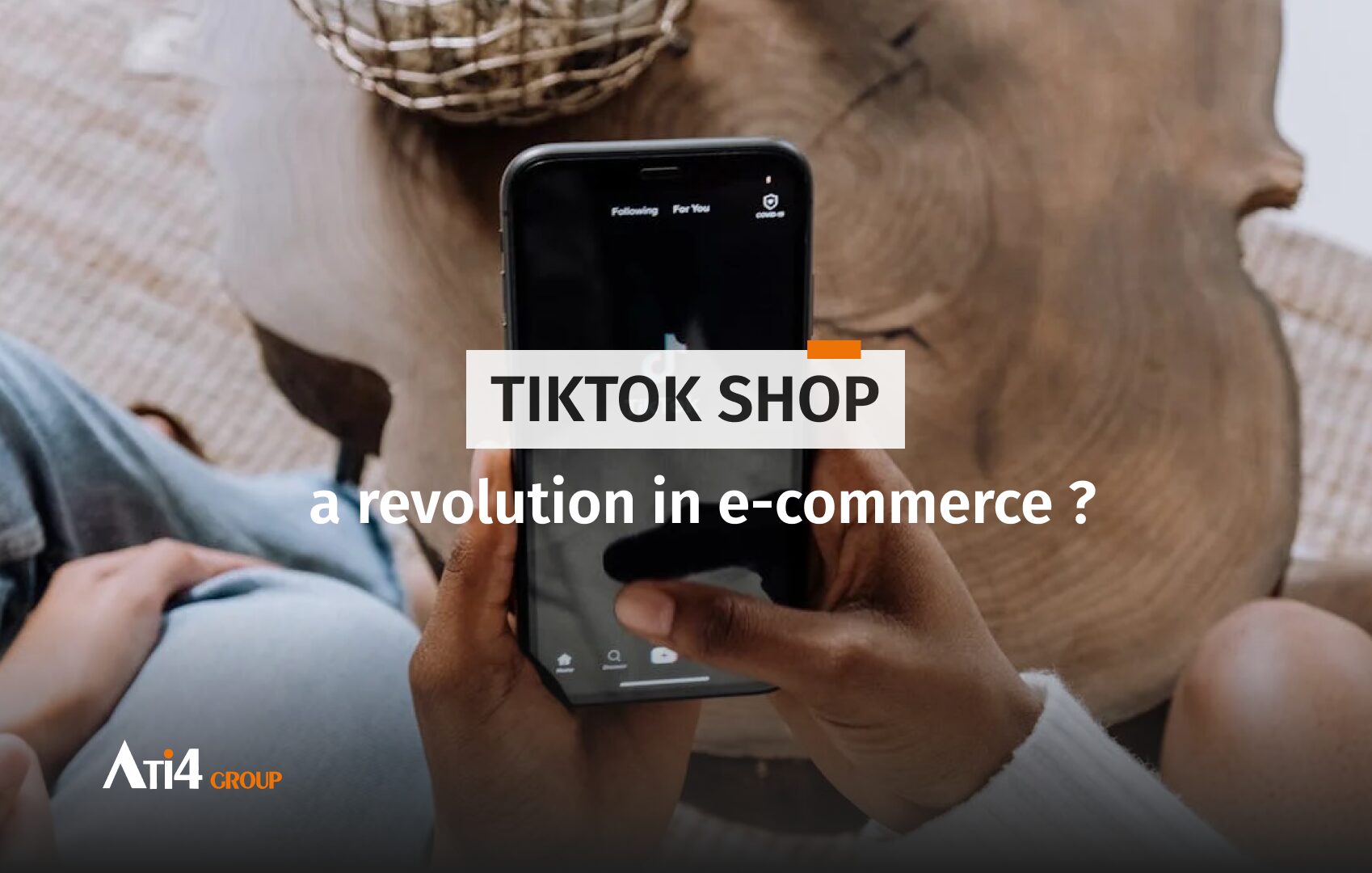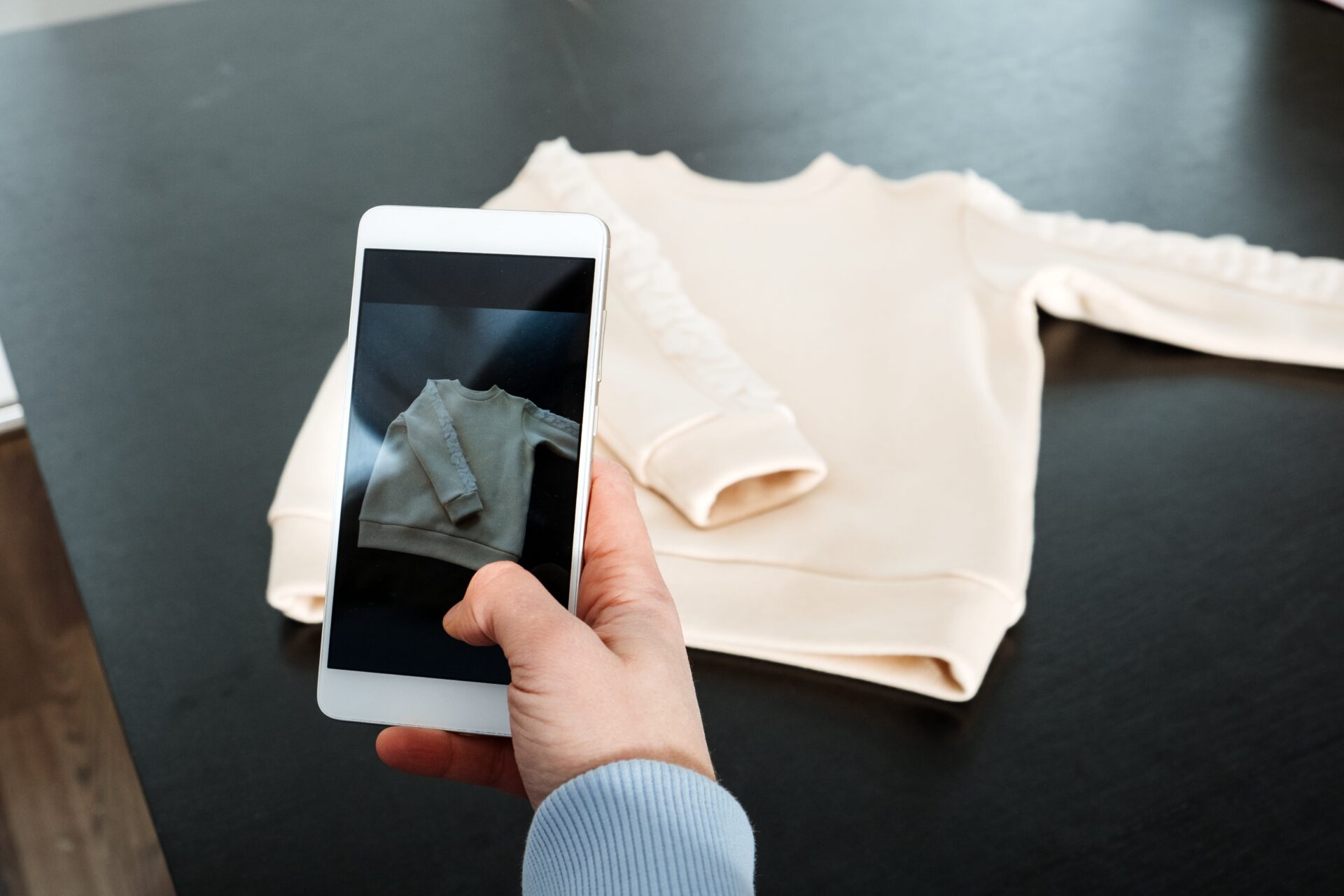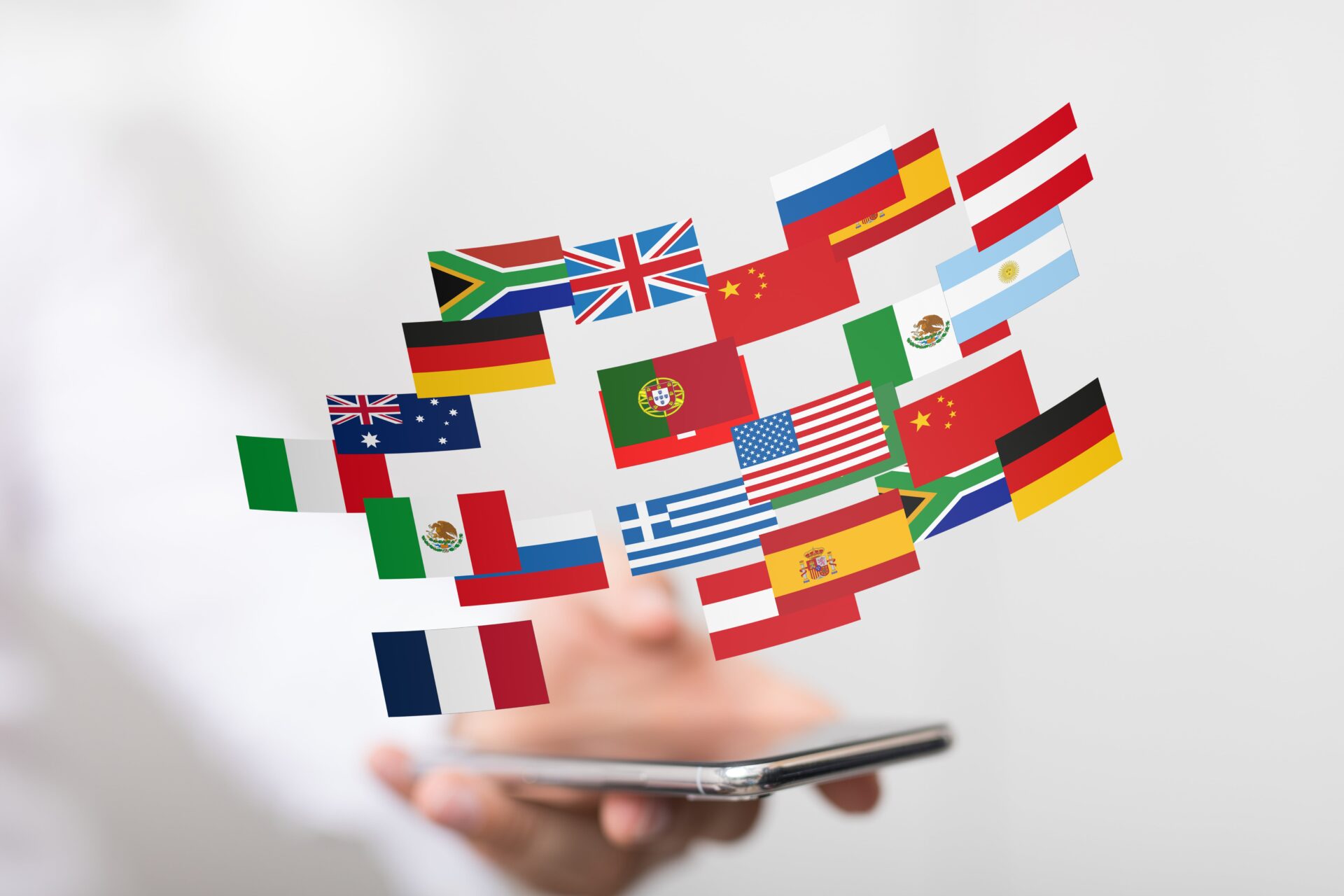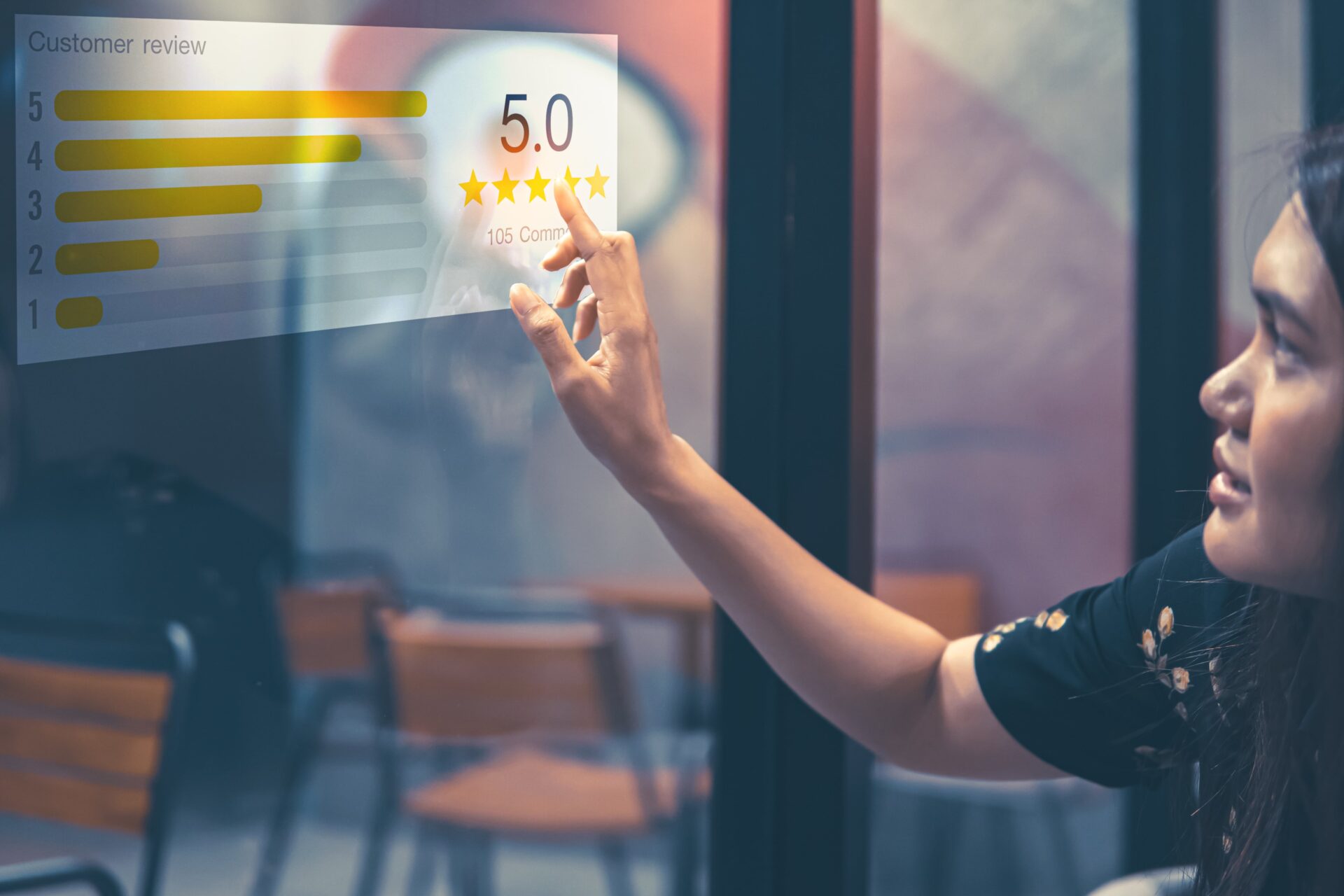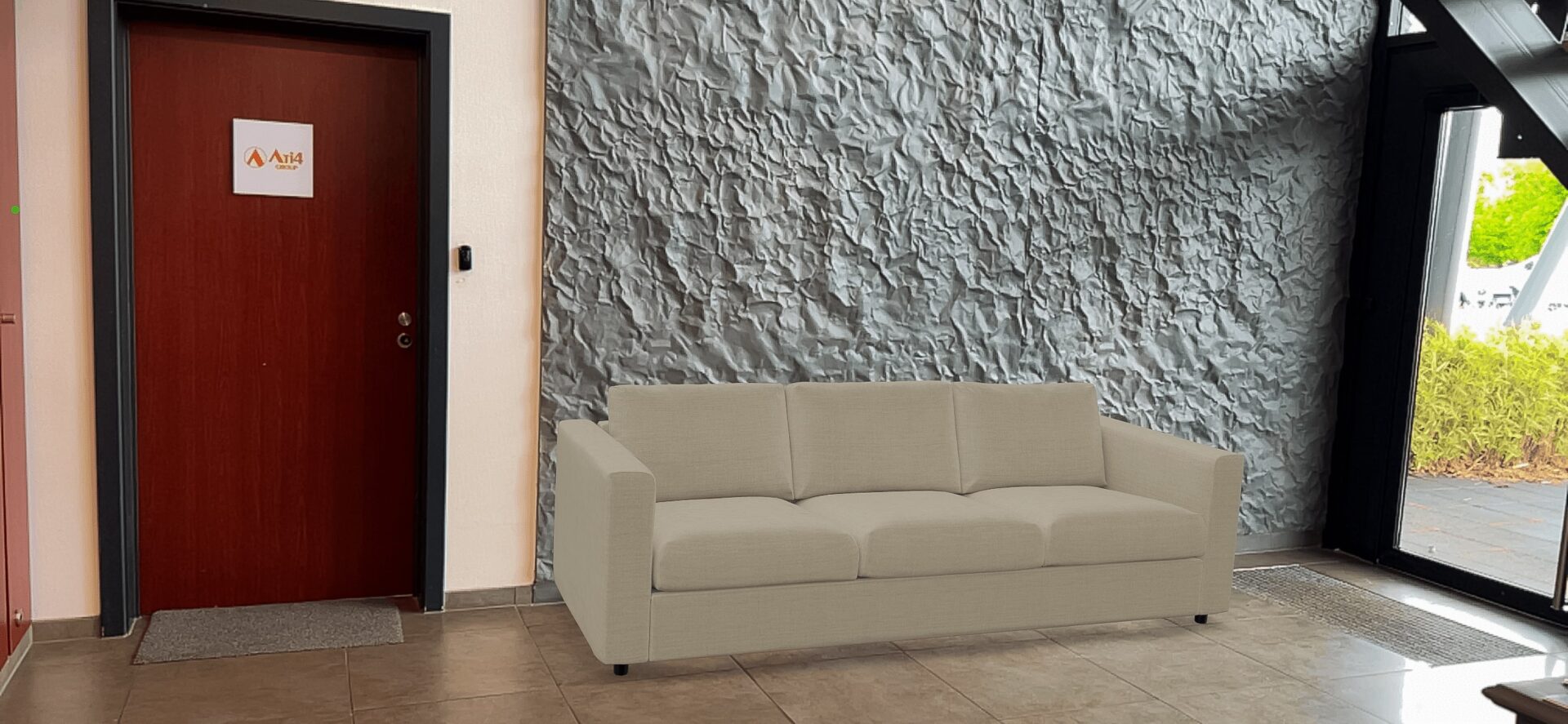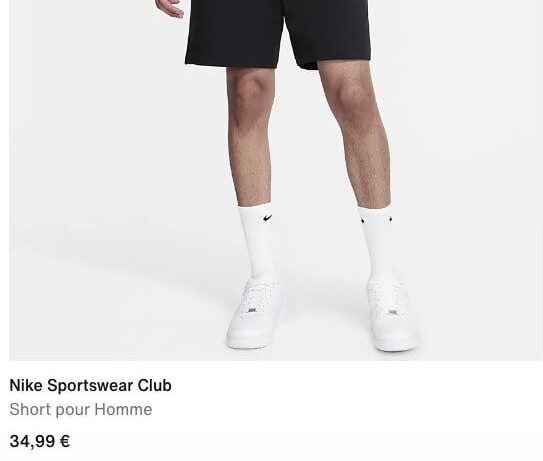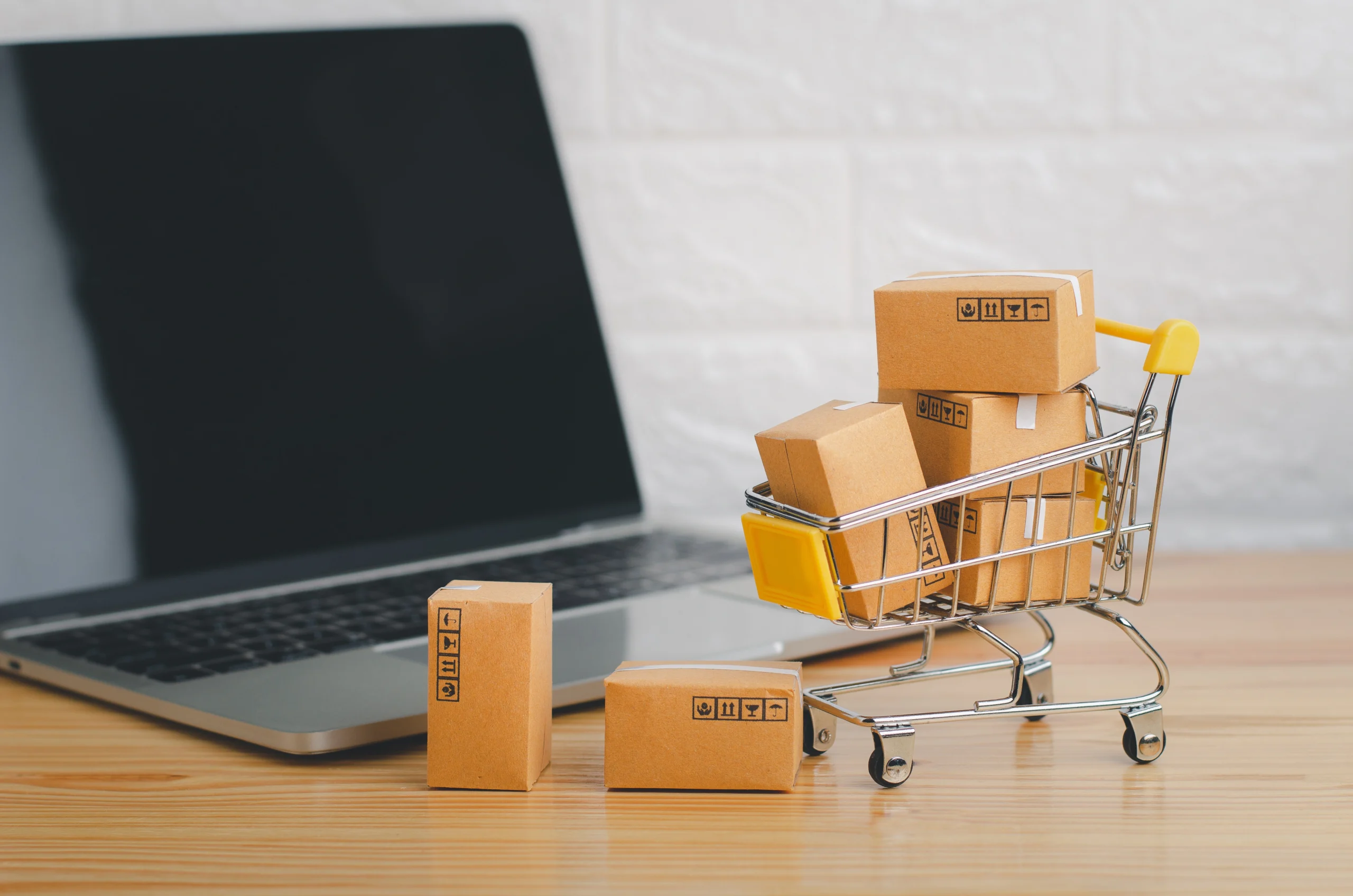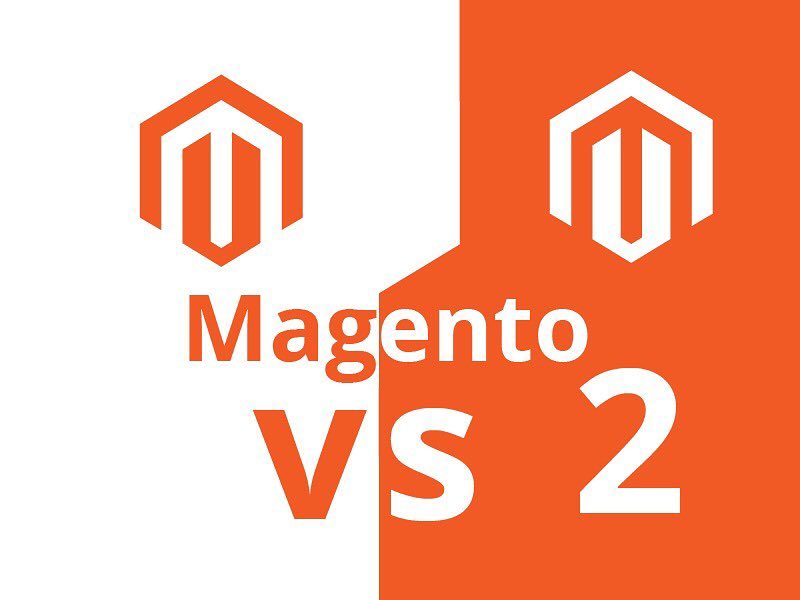Shopper trends 2025.
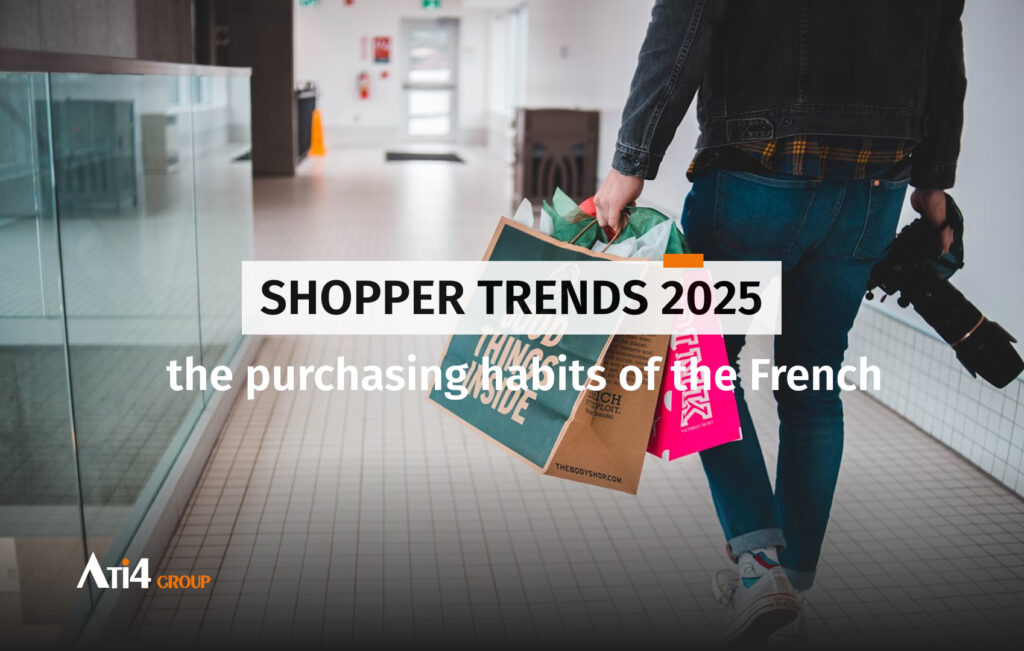
For four years, the Shopper Trends barometer, conducted by Imediacenter, Publicis Media, and Epsilon France, has reflected the evolution of purchasing behaviors and consumer expectations. In France, these trends highlight profound shifts that are completely reshaping how individuals consume and interact with brands. And in 2025, the French are reinventing their shopping journeys. Shall we break it down together?
The main shopping trends of the french
The 2025 edition of the Shopper Trends barometer confirms a major trend: while e-commerce has now become a natural part of consumers’ daily lives, the physical store remains a cornerstone, particularly in food retail, where the shopping experience, direct contact with products, and proximity remain essential elements.
Today, the French shopper has become omnichannel. They move between online and offline environments depending on context : convenience, price, availability, or experience. It’s a hybrid behavior, giving rise to a more complex and richer shopping journey.
- 85% of French people use the internet for product research
- Click-and-collect has grown by 40% compared to 2023
- 6 out of 10 consumers compare prices online before making an in-store purchase
While physical visits are less frequent, the store remains a reference point. In food retail, hypermarkets (64%) and supermarkets (57%) retain their dominance. In non-food sectors, behaviors differ slightly but still confirm the importance of the point of sale: 63% of DIY and gardening purchases are still made in-store. In these areas, hybrid purchasing (physical + digital) is growing, mainly for practical reasons.
Retail media is emerging as a potential growth driver: 80% of consumers say they were influenced by an online medium in their purchasing decision, while DOOH (Digital Out-Of-Home) screens have a strong impact on 25-34-year-olds.
The textile sector is also undergoing major changes. While fast fashion remains dominant, it is increasingly challenged by new consumer expectations. We are witnessing the rise of more ethical and sustainable fashion, with the growth of eco-responsible French brands. This trend is reinforced by the boom in second-hand and refurbished markets, as consumers seek more environmentally conscious consumption.
In food retail, the French continue to prioritize choices aligned with their values. They want to consume better, and are more attentive to the origin and composition of their products: short supply chains, local producers, and organic options. In short, ecological considerations are a decisive factor in customer shopping journeys.
The 2025 consumer no longer wants a standardized experience. They expect a personalized one, tailored to their expectations. There is also growing demand for drive-through services and home delivery, for more convenience and speed.
In 2025, French consumption is structured around a triptych balance:
- Quality, with 77% of consumers willing to pay more for better quality products.
- Bargains, with 3 out of 4 French people still paying close attention to promotions.
- Pleasure, with 8 out of 10 French consumers putting pleasure at the heart of their purchasing motivation, even before window-shopping.
Analysis of shopping behaviors by generation
Naturally, shopping behaviors in France vary depending on the generation. Each age group develops its own codes, expectations, and priorities, challenging marketing and sales strategies.
Millennials are the pioneers of digital commerce
The 25-40 age group is the first generation to truly integrate digital commerce into their habits. These demanding, connected consumers primarily seek a smooth and intuitive experience, no matter the channel used.
- They prefer brands committed to social and environmental causes, embodying strong values they share
- Digital is their preferred shopping space, with a strong affinity for marketplaces and mobile apps
- The quality-price ratio remains a key factor, reinforced by their habit of systematically comparing online before buying
Millennials have growing purchasing power and are among the most loyal when a brand meets their needs for meaning and practicality.
Generation Z are the digital shopping natives
Gen Z (18-25 years old) is the first generation truly born into digital. Their consumption is built on a mobile-first logic and heavily influenced by social networks.
- Instagram, TikTok, and YouTube act as real search engines and purchase triggers
- The ecological and societal dimension is crucial: this generation values authentic, transparent, and committed brands
- They stand out for their quick adoption of new technologies—from virtual try-ons to live shopping and cashless payments, they integrate them seamlessly into daily life
To win over Gen Z, brands must be present where they are namely on social media and through immersive, interactive digital experiences. New content creation strategies can be designed to make an impact on them.
Baby Boomers are transitioning to digital
Consumers aged 55 and over represent a generation in transition. Long attached to physical stores, they are now gradually adopting digital habits, though they still retain some traditional reflexes.
- Their shift to online shopping is accelerating, driven by the simplicity of platforms and the practical benefits they offer (delivery, drive-through, time savings)
- They look for simple and secure digital journeys, with no complexity (otherwise they drop out)
- In-store advice remains a reliable value, especially for technical or high-commitment products. Moreover, payment security is a priority and can sometimes be a barrier to adopting new solutions (they need reassurance).
For this generation, the challenge lies in combining trust and guidance while maintaining a direct, human touch.
The impact of digital on shopping habits
M-commerce has become a central driver in the French shopping journey. Phones are no longer just for browsing: they are becoming true shopping tools that allow consumers to search for product information in real time, make impulse purchases via apps, or even instantly compare prices for the same product.
The use of promo codes and cashback solutions is becoming increasingly widespread, reinforcing the appeal of mobile in purchasing decisions. According to the barometer, 85% of French people consider their screens essential for knowing about current promotions.
At the same time, social commerce trends are transforming platforms like Instagram, TikTok, and Facebook into shop windows, with influencers becoming key players in purchase decision-making. Whether micro-influencers or content creators, they strongly guide young consumers’ choices, making the line between inspiration and transaction increasingly blurred.
A coherent omnichannel strategy is essential. Shopping journeys must be seamless, allowing users to easily move from digital to physical, or vice versa, while maintaining service continuity.
The Shopper Trends of 2025 reveal and confirm the profound transformation of consumption habits that we began to see in recent years.
French consumers are now more demanding, connected, and conscious of the impact of their purchases. And this evolution in shopping behaviors requires a comprehensive strategic approach that integrates technology, sustainability, and customer proximity.
Find out what’s new at the company.
Because mixing fun and work is at the heart of our philosophy, we always try to make a special place for it in our business life.






























